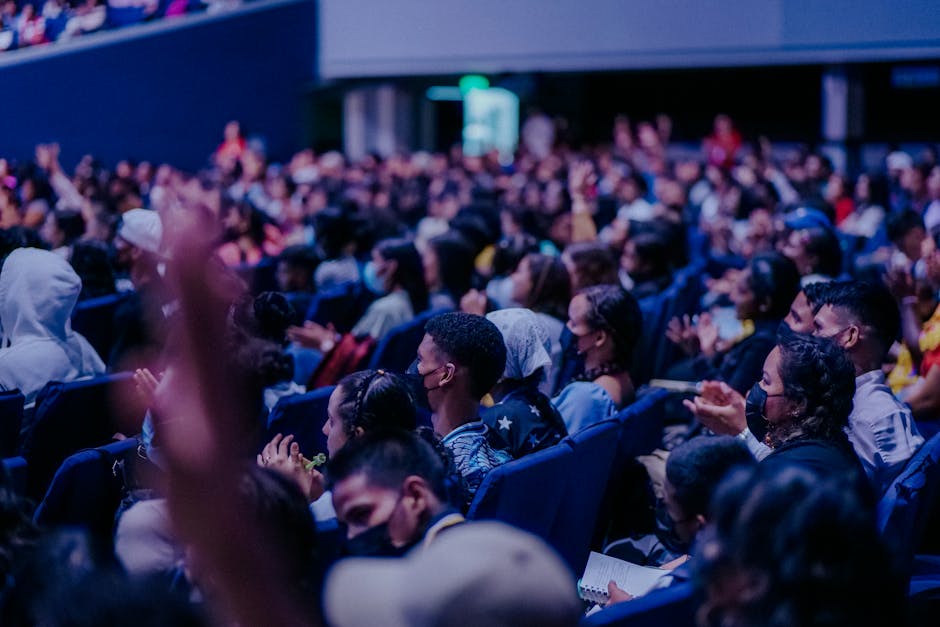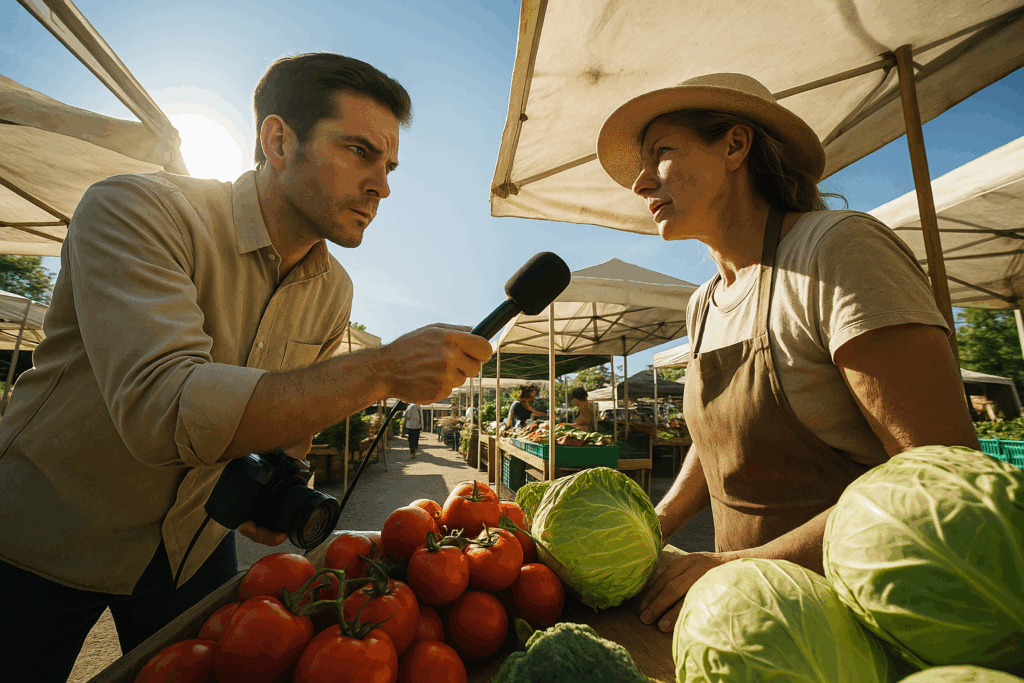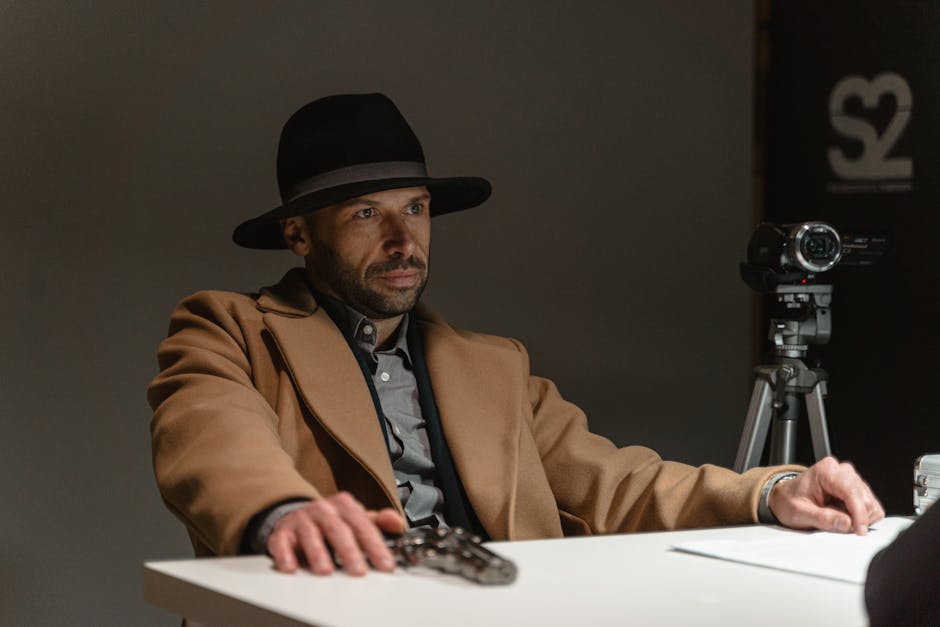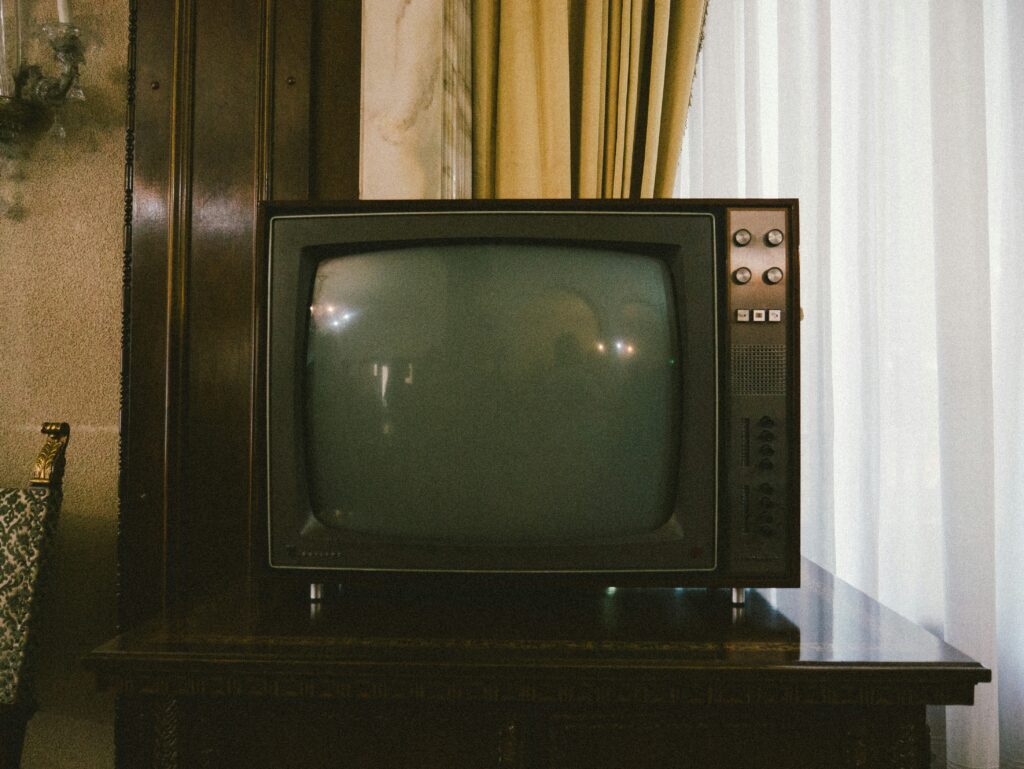Why Variety Shows Still Pack a Punch
Variety shows might feel like a relic of broadcast TV’s past, but they’ve held their ground—and not by accident. Decades in, the format continues to adapt while keeping one unbeatable edge: unpredictability. At their best, variety programs don’t just entertain—they surprise. You never quite know what you’re going to get. A talent act, a sketch, a musical number, an unscripted moment that clips its way into viral fame. That’s built-in range, and in a scroll-happy culture, it matters.
Even with streaming’s dominance and algorithm-fed playlists, viewers still crave formats that feel messy, real, and genre-blending. A good variety show doesn’t ask you to commit to one mood or story arc—it offers a buffet. Comedy wrapped around social commentary, pop culture stitched into performances. It’s entertainment with a high turnover rate and low risk of boredom.
That flexibility is why the genre hasn’t just survived—it’s re-emerging as a creative playground. Networks and streamers have realized: there’s demand for content that feels live, chaotic, and impossible to replicate episode to episode. It’s not nostalgia. It’s evolution.
Reinventing an Old Format
Despite being decades-old, variety shows are evolving in bold and unexpected ways. Producers are no longer sticking to traditional skits or celebrity interviews. Instead, they’re blurring genre lines, merging styles, and finding fresh ways to hold audience attention.
Blending Genres for Maximum Impact
Modern variety shows are now creative mashups — borrowing elements from multiple formats to stay relevant and engaging.
- Sketch comedy meets reality TV: Shows now combine scripted laughs with authentic reactions and unscripted challenges.
- Live interaction: Incorporating audience polls, real-time reactions, and voting segments to increase engagement.
- Story-driven segments: Short narrative arcs are used to tie together different acts, creating a mini-series feel within a single episode.
Rise of Hybrid Formats
Some of the most popular programs today don’t fit into a single genre box. These new hybrids use game show pacing, talent show emotions, and the unpredictability of social experiments.
- Game show + Talent show: Competitors don’t just get scored — they’re mentored, voted on, and sometimes even challenged live.
- Social experiments on display: From casting strangers with opposing worldviews to building group dynamics in high-pressure situations, the emotional stakes are higher than ever.
Success Stories: Revivals and Breakouts
The appetite for this reimagined format is clearly reflected in both refreshed classics and breakout originals.
- “Saturday Night Live” continues to reinvent with digital shorts and political satire that thrives in the social media age.
- “The Masked Singer” mixes celebrity, competition, and mystery — reviving interest in musical variety with a twist.
- “Game of Talents” and “I Can See Your Voice” blend performance with play-along elements that keep viewers guessing.
- Original streaming hits are emerging, built entirely on short-form, fast-paced segments tailored for younger audiences.
Producers are leaning into innovation not just out of necessity, but because modern viewers crave variety — in every sense of the word.
Pushing Creative Boundaries with Tech
Variety shows in 2024 aren’t just playing with format—they’re rebooting the entire viewing experience. Augmented and virtual reality are no longer gimmicks. They’re tools. Whether it’s performers beaming into your living room via AR or viewers exploring set pieces in VR after the episode airs, audience immersion is leveling up. Shows like these blur the line between watching and participating.
Interactive voting systems have also matured. It’s not just about choosing who stays or goes—it’s about shaping what happens next. Real-time input from audiences now drives story beats, joke setups, even the structure of future episodes. Viewers don’t just consume content; they steer it.
Then there’s the visual side. Some shows are matching, even outpacing, streaming dramas in production value. Multi-camera rigs, drone shots, LED stages borrowed from big-budget cinema—it’s all being used to make variety shows feel massive, not makeshift. And second-screen experiences back that up. Exclusive behind-the-scenes access, bonus games, live polls, dedicated apps—they all extend the show beyond its runtime. The result? Viewers don’t just tune in. They buy in.
This isn’t just flash. It’s a new kind of connection.
Global Influence & Format Exchange
You can thank South Korea, the UK, and Japan for shaking up Western variety TV. Shows like “Running Man,” “Taskmaster,” and “Terrace House” didn’t just entertain—they rewrote the rules. Western producers noticed—and adapted. Today, you’ll see more U.S. reboots or inspired formats that lean into cultural quirks, quicker pacing, and a rawer sense of humor or intimacy.
Localization is the name of the game. Producers are lifting successful foreign blueprints and tweaking them just enough to land with local audiences. Think “The Masked Singer” going from surreal Korean TV to global phenomenon. It’s not just duplication—it’s collaboration across borders, with creators borrowing narratives, pacing styles, and production flair.
What results is more than a flashy remake. Cross-cultural storytelling blends charm, unpredictability, and energy in new ways. It forces local talent to break habits. It challenges writers to think wider. And it draws in global audiences accustomed to flipping between subtitles and binge-worthy formats. The best imports don’t just change shows—they shift how stories are told, full stop.
Diversity on Display
Variety shows are finally catching up to the reality that representation isn’t a trend—it’s a baseline. In 2024, we’re seeing more creators, cast members, and crews from historically excluded backgrounds stepping into the spotlight and calling shots behind it. This isn’t just about visibility. It’s about authenticity, trust, and stronger storytelling.
Audiences are sharp, and they can spot tokenism a mile away. They don’t just want to see difference—they want stories that reflect it with depth and nuance. Fresh perspectives bring energy. When a show invites voices that haven’t had the mic before, it doesn’t just check a box—it hits new notes.
Behind the scenes, production teams are hiring with intention. New talent pipelines are feeding the industry with creatives who bring real-world experience, cultural insight, and untapped skill. The result: variety formats that actually live up to the name. If this push keeps momentum, we’ll stop calling it inclusion and just call it good television.
The Business of Variety
The big players—Netflix, Amazon, Disney+, you name it—are betting hard on variety shows. Not out of nostalgia, but strategy. These formats are flexible, cheap to produce relative to drama or big-budget fantasy series, and they deliver fast engagement. For streamers hunting for sticky content that keeps people coming back weekly, this is a low-risk, high-reward play.
What’s different now is how these shows are being packaged. Branded segments, sponsor challenges, and subtle integrations no longer feel clunky or forced. Think product placements that tie into games, or live viewer participation sponsored by apps and consumer tech. Done right, it adds value to the show instead of dragging it down with overt advertising.
Studios love the economics. A rotating cast, modular format, and the ability to tweak mid-season based on feedback—those are tools tailor-made for today’s content treadmill. The variety show doesn’t just survive in the streaming era; it’s becoming the workhorse. Fast to shoot, easy to localize, and endlessly remixable. For an audience with a short attention span and broad appetites, that’s a win.
Challenges to Watch
Here’s the truth: not every variety show can break through. We’re seeing fatigue on both sides of the screen. With streaming platforms pumping out content nonstop, audiences are drowning in options—and just because it feels new doesn’t mean it is. When every format is a remix, originality suffers. You can only watch so many fake game shows with celebrity judges before it all starts to blur together.
The real challenge for creators now is standing out without screaming. That takes more than a gimmick. It means finding a real edge, a tone, or a voice that cuts through. And if you’re doing it live? The pressure doubles. Spontaneity gets crushed if you over-script it—but go in too loose, and the production falls apart. Tight control and raw energy don’t naturally coexist. The best shows in 2024 are figuring out how to thread that needle, usually by letting talented people just be themselves—in controlled chaos.
More than ever, it’s not about being loud. It’s about being sharp.
The Road Ahead
As 2025 approaches, producers and creators are steering variety shows into smarter territory. The buzzword? Relevance. That means less fluff, more purpose. From climate-focused game segments to formats centered around community-driven stories, the next wave is all about reflecting the world outside the studio.
One smart trend to watch: audience-led storytelling. We’re not just talking viewer polls. Audiences are becoming co-creators—submitting real stories, challenges, even live video that gets woven into weekly formats. It’s raw, unpredictable, and deeply engaging.
Socially-conscious formats are also gaining ground. Think satire with a message, or talent showcases spotlighting underrepresented voices. Viewers are leaning into truth told through entertainment. And the shows that respond with honesty and energy will lead the pack.
Here’s the thing: innovation isn’t always about throwing more screens or tech at the problem. Sometimes it’s just about building something with guts. Keep it bold. Keep it real.
Want more TV insights? Check our take on this year’s most unmissable films: Top Movie Reviews: Must-See Films of the Year


 Victorious Chapmanserly contributes as a tech writer at mediatrailspot focusing on cloud computing, digital transformation, and innovative software solutions. His articles highlight practical applications of technology in business and daily life.
Victorious Chapmanserly contributes as a tech writer at mediatrailspot focusing on cloud computing, digital transformation, and innovative software solutions. His articles highlight practical applications of technology in business and daily life.

